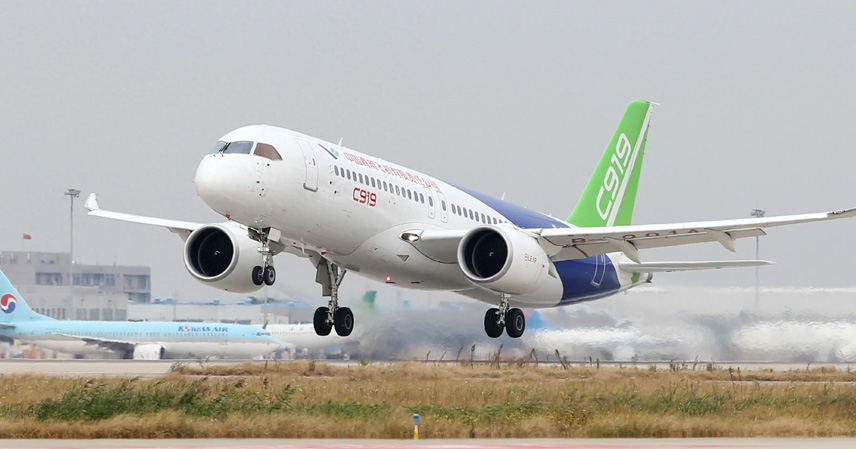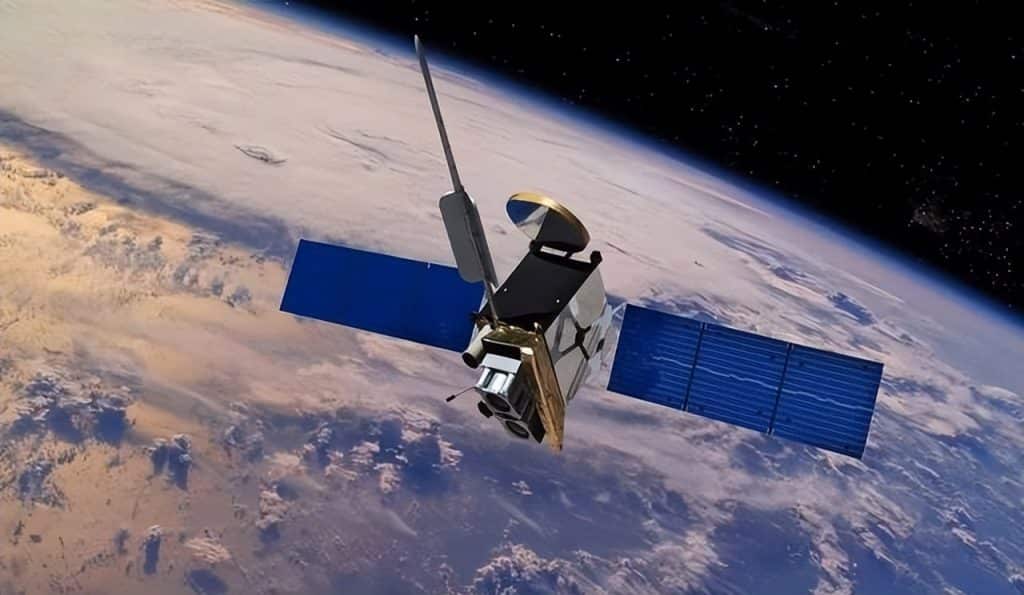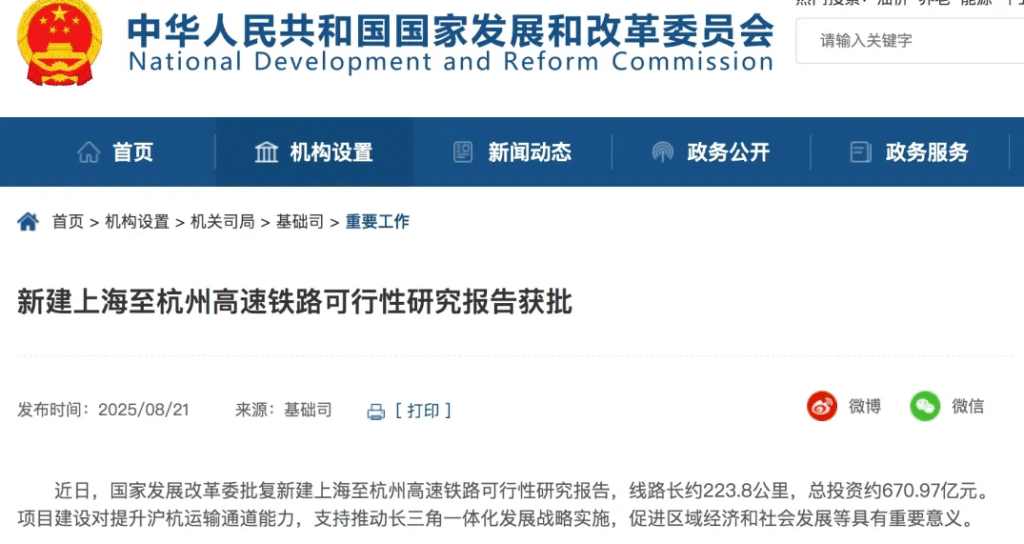For any new aircraft, earning airworthiness certification from Western authorities is like holding a golden ticket to the global market. Without approval from the FAA (U.S. Federal Aviation Administration) or EASA (European Union Aviation Safety Agency), China’s C919 may soar domestically—but struggles to compete head-to-head with Boeing and Airbus abroad.
These certificates don’t just prove safety; they shape market confidence. Many airlines still equate “Western-approved” with “reliable,” and without that stamp, even a well-performing aircraft appears to lack legitimacy.
The Hidden Power of Certification
More than 80% of the global civil aviation market is controlled by Boeing and Airbus. Their dominance isn’t just built on technology—it’s reinforced by rule-making power. In essence, whoever defines “airworthiness” decides who gets to fly.
Recently, the European Union hinted that the C919’s certification could take three to six more years, a timeline critics see less as technical due diligence and more as strategic delay. This pause conveniently buys Airbus time to expand production and secure its customer base before a new competitor arrives.
Even when other nations’ regulators express confidence in China’s jet, the absence of Western approval still makes airlines hesitate. It’s a psychological stronghold that has taken decades to build.
A Market Ruled by Habit and Perception
After the Boeing 737 MAX crisis, it was China’s aviation regulator that first grounded the aircraft. Yet even after improvements, investors waited for the FAA and EASA before truly trusting Boeing again. The same mindset now works against China’s jet: unless Western agencies approve the C919, many global carriers won’t risk being the first movers.
This inertia runs deep. The C919 has already logged over 1 million passengers domestically, and many Chinese travelers deliberately book flights just to experience it. But internationally, without FAA or EASA approval, it can’t access lucrative long-haul routes between China, Europe, and the U.S.—routes dominated by Boeing’s 737 MAX and Airbus’s A320neo.
Emerging Markets: The Unexpected Breakthrough
Still, the story isn’t all bleak. Southeast Asia, Latin America, and parts of the Middle East are opening doors that Western markets have closed.
- AirAsia has initiated purchase talks with COMAC, marking the C919’s first confirmed foreign partnership.
- Malaysia Airlines is evaluating the jet for regional routes.
- Vietnam has already recognized China’s certification system and plans to introduce the C919 around 2026.
The math makes sense for these buyers: the C919 is 15–20% cheaper than the A320neo, with 30% lower maintenance costs. Combined with leasing and financing support from China, the aircraft’s total life-cycle cost is extremely competitive. Add to that COMAC’s ability to deliver faster than backlogged Boeing or Airbus, and you have a practical, budget-friendly choice.
Building an Independent Airworthiness Network
Rather than relying solely on Western validation, China is building its own certification ecosystem. COMAC has already signed bilateral airworthiness agreements with 42 countries, including Saudi Arabia and Indonesia.
This growing network allows the C919 to operate across Asia, the Middle East, and Africa—even without FAA or EASA approval. And with a massive domestic demand—over 9,000 aircraft expected in the next 20 years—China’s aviation industry can sustain itself while gradually expanding abroad.
Europe’s Dilemma: Between Politics and Profit
For Europe, the situation is awkward. On one hand, it aligns with U.S. strategies to contain Chinese tech growth. On the other, its industries rely heavily on China.
- In 2024, China-EU trade reached $785.8 billion.
- European auto and luxury brands depend on Chinese consumers.
- The aviation supply chain itself includes Chinese-made components.
Some Eastern European nations are already pushing back against hardline policies, arguing that politics shouldn’t override economics. Prolonged restrictions might eventually backfire, weakening Europe’s own competitiveness in the global aviation industry.
Looking Ahead: The Value of a New System
The C919 doesn’t need to dethrone Boeing overnight. What matters is that China is building an alternative framework—a parallel system where its own certification gains credibility.
If enough countries recognize China’s airworthiness standards, the monopoly of Western agencies could erode. Over time, “Made in China, certified by China” might carry real weight in international skies.
In that sense, Western resistance could become the very pressure that propels China to establish a truly independent aviation ecosystem.
References
- COMAC official statements and press briefings (2024–2025)
- Reports from Reuters, Aviation Week, and Nikkei Asia
- European Union Aviation Safety Agency (EASA) announcements



